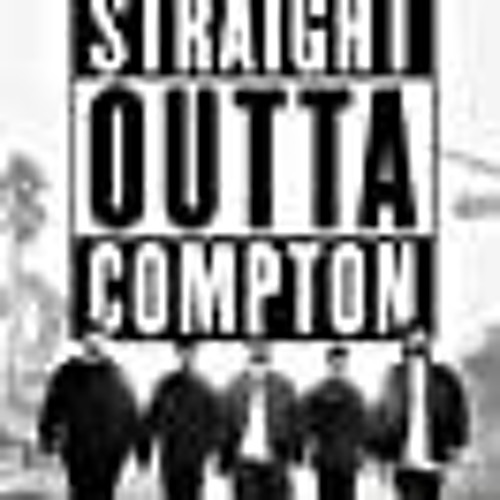
WEIGHT: 59 kg
Breast: C
1 HOUR:50$
NIGHT: +100$
Sex services: 'A' Levels, Blow ride, Role playing, Cunnilingus, Sub Games
Camarillo remembers when the first Black families moved into once-segregated neighborhoods in the s. Since leaving Compton over 50 years ago, he became a legend for his work on Mexican American history and diversifying academia — but his hometown never left him.
Camarillo traveled across California this summer to talk about his book, making his stop in Compton on Saturday as full circle of a moment as one could script. The location: Color Compton , a nonprofit in a strip mall that uses art and history to engage local youth. Camarillo shows his Chicano identity is inseparable from his scholarly agenda: expanding the narrative of U.
Horses saved us. Camarillo flashed the first of many grins that would come that day. The year-old is tall and fit and sports a bushy mustache and helmet of white hair that makes him look like a nicer Mike Ditka. He had shown me an early draft of his book and thanked me in the acknowledgments for the suggestions I made. Earlier in the summer, Camarillo had hosted a group of Color Compton youth at Stanford.
In front of the exhibit were comfy seats surrounded by lamps, where Lopez-Byrd and Camarillo would chat. Before them sat about 25 young people, most of whom were Black, Latino or both. In 25 years, California may find itself in the culturally curious position of having its current majority population as the numerical minority and its minorities--black, Asian and Latino--the majority.

Camarillo proceeded to tell his Compton story — how his family settled in a barrio in the western part of town before an older sister bought a house in the white part, in an effort to assimilate.




































